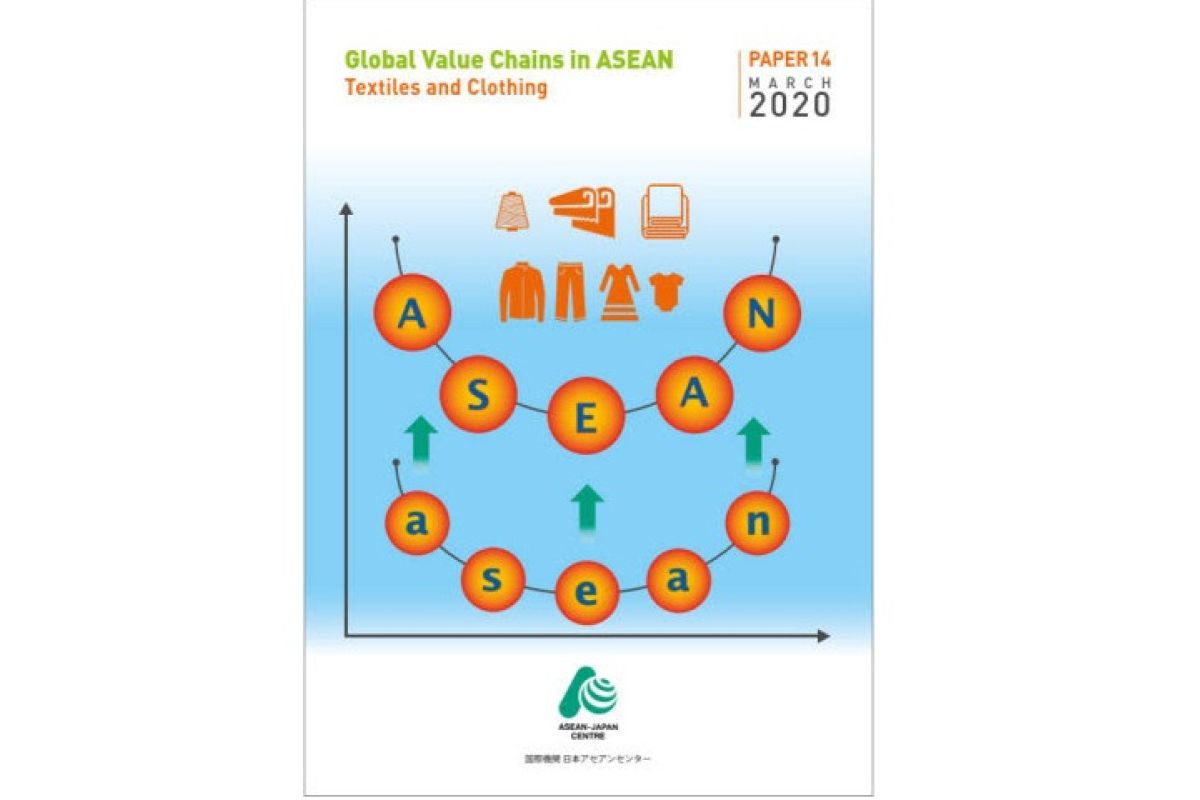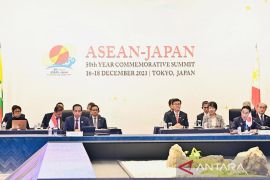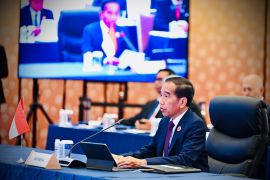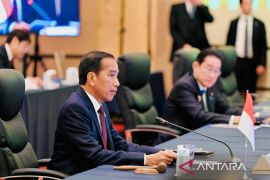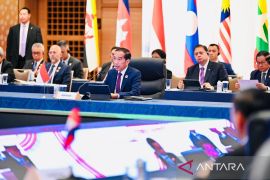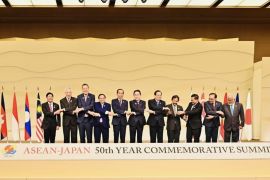This press release features multimedia. View the full release here: https://www.businesswire.com/news/home/20200331005288/en/
It is essential to recognize the significant intra-industry variation in terms of technological attributes and factor intensity. For ASEAN, the most vibrant is clothing, which is often a major exporter, generating significant employment. Cambodia, Indonesia, Myanmar and Viet Nam are the world’s major exporters of clothing. Textiles, in contrast, play a less salient role in its overall export structure because of their technology and capital intensity.
In the clothing industry, the lower-income ASEAN countries tend to specialize in labour-intensive activities such as cut, make and trim operations. In contrast, knowledge-intensive processes such as design and marketing are concentrated in the more advanced economies of the region.
In 2017, the domestic value added in exports of textiles, clothing and leather (TCL) in ASEAN was about $51 billion, or 68 per cent of the total exports, which becomes part of the ASEAN GDP, while the foreign value added was the remaining balance of about $24 billion, or 32 per cent.
Process and product upgrading occur primarily through technological transfer from lead firms (buyers) in global value chains. However, functional upgrading is typically achieved through local and regional markets.
Failures to realize functional upgrading would leave enterprises in these industries with no option other than to apply a “race to the bottom” strategy. At the macro-level, this failure is among the root causes of the “middle-income trap.” Local and regional markets are key to prevent this result and to achieve sustainable industrial development.
Policies to promote the TCL industry in ASEAN should carefully take into account the differences of each of the member countries, particularly with respect to the dynamics of international comparative advantage, which primarily stem from differences in technological and resource endowments. Promoting further regional integration will expand and deepen intraregional networks of production and distribution. To promote inclusiveness, efforts to upgrade the skills of the labour force will be crucial. A refocusing on the ASEAN regional market would prove fruitful for sustained industrial upgrading.
1 This industry often includes “leather.” Thus, statistical data on textiles and clothing refers to textiles, clothing and leather.
<<ASEAN-Japan Centre>>
The ASEAN-Japan Centre is an intergovernmental organization established by the ASEAN Member States and Japan in 1981. It has been promoting exports from ASEAN to Japan while revitalizing investment, tourism as well as people-to-people exchanges between the ASEAN Member States and Japan.
URL: https://www.asean.or.jp/en/
View source version on businesswire.com: https://www.businesswire.com/news/home/20200331005288/en/
Contacts
ASEAN-Japan Centre
Tomoko Miyauchi
E-mail: toiawase_ga@asean.or.jp
Source: ASEAN-Japan Centre
Reporter: PR Wire
Editor: PR Wire
Copyright © ANTARA 2020
